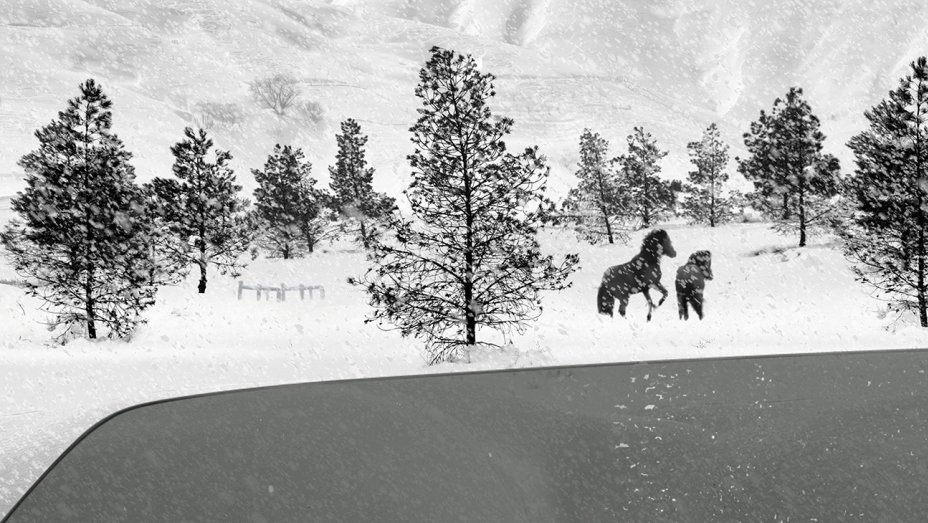
CANNES FILM FESTIVAL 2017
‘24 Frames’ is a boring waste of potential
By Sydney Cohen, Daily Arts Writer

“24 Frames” received a lot of pre-premiere hype at Cannes due to its Iranian director Abbas Kiarostami and the small amount of Iranian representation at the festival. With little to no information as to what the film was about, I entered the Salle du Soixantième theater with zero expectations and hopeful excitement.
The film opens with a text describing the director’s vision for the film. Here, the director describes photographs as frozen images of a scene, and writes that he always wonders what happens before and after that single moment. This film, therefore, is Kiarostami’s creative endeavor to imagine the space around a single image. The film is comprised of 24 four-and-a-half minute frames, both famous paintings and photographs, that have been animated to explore the dynamics of that moment. The style of the film is referred to as fixed tableaux with the use of a blue screen, which allows filmmakers to superimpose animation onto a still image. This short introduction to the film laid out an interesting and promising concept, one which I was excited to see develop.
The first frame of “24 Frames” features “The Hunters in the Snow,” a famous painting by Dutch Renaissance artist Pieter Bruegel the Elder. In this frame, Kiarostami animates the painting with falling snow, wandering animals, smokestack and a soft breeze. These effects add life to the scene without disrupting the integrity of the original work. The animated frame portrays the simplicity of rural life surrounding a group of hunters returning to their snowcapped village, and acts as a peaceful but simple start to the film.
The next few frames show a horse playing in the snow, cows on a beach and bucks trotting through a forest. The animation work is impressive, as Kiarostami animates to mirror the style of the original work, exhibiting his impressive attention to variation and detail. With these successive frames, the overall feel of the film becomes clear; Kiarostami only animates quiet pastoral scenes complete with rustling leaves and foraging animals, overlaid with beautiful but unobtrusive instrumental music.
The frames quickly blend together and become indistinguishable. While only a little over four minutes, each frame stretches on for an eternity. With nothing captivating happening onscreen, the film becomes unbearably boring, acting more as a serene backdrop for a trance-like plunge into one’s own thoughts than a feature film. By the fourth frame, people in the audience began to leave — something I’ve never witnessed in my 15-odd screenings at Cannes. By frame seven, half an hour into the screening, almost half the theater had left. At this point, out of frustration and pure boredom, I collected my things and followed the stream of viewers out the theater doors.
The most disappointing thing about “24 Frames” is its wasted potential. The film easily could have been a really fascinating exploration of sociology, with imagined conversations between people or interesting events examined and animated. These spotlights on the human condition could have come from mundane scenes of everyday life or from key moments in history captured by a camera or a painter’s brush. Instead, Kiarostami chose to focus on one-dimensional landscapes with no gravity or significance. Ultimately, “24 Frames” is completely empty in meaning, simply pretty for the first five minutes and then extremely monotonous for the rest.